Coin Collecting – The Ultimate Guide
18/07/2025Daniel Fisher
Free & fully insured UK Delivery. Learn more
Secure & flexible payments. Learn more

Buyback Guarantee Learn more
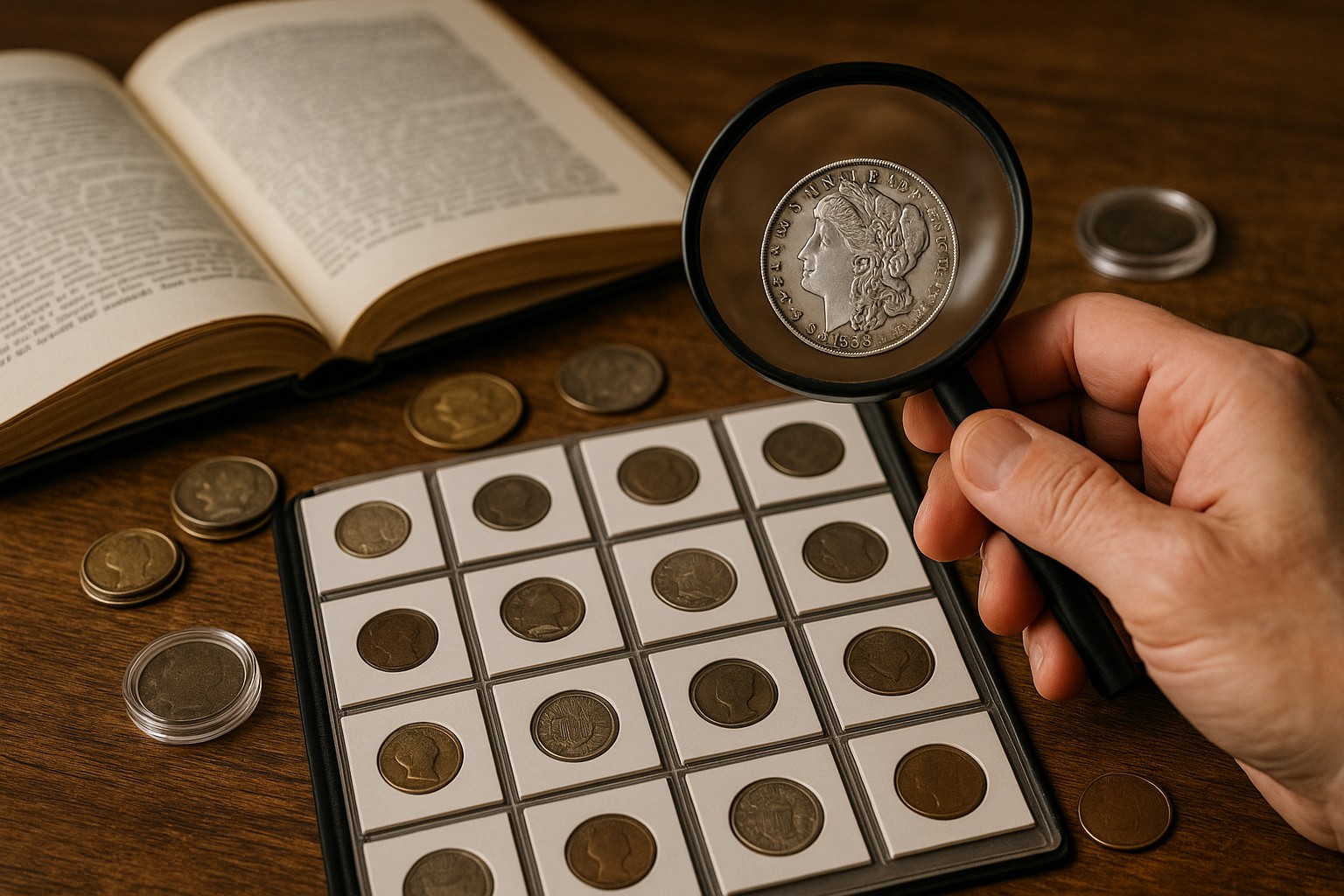
Coin collecting, often called “the hobby of kings,” has been around for centuries, and for good reason. This timeless pursuit of numismatics has fascinated rulers, scholars, and everyday collectors alike. The phrase comes from ancient times, when collecting rare and valuable coins was a luxury typically reserved for royalty and the wealthy elite. Today, thanks to greater access and information, coin collecting is a hobby anyone can enjoy. Yet it still holds that same sense of prestige and discovery.
At its core, coin collecting is more than just gathering old currency. It’s a hands-on way to explore history, art, culture, and even economics. And when you focus on coins made of precious metals like gold, silver, or platinum, you’re not just collecting for interest, you’re also holding real, tangible value in your hands.
In today’s uncertain financial world, many people are turning to physical assets like gold and silver not just for security, but for the satisfaction of owning something real and beautiful. Coin collecting, especially with a focus on precious metals, allows you to build a collection that’s both meaningful and potentially valuable over time.
The benefits of collecting rare gold and silver coins are wide-ranging, combining the research and collectability aspects of many hobbies, along with the possible financial gains of an investment. While a majority of our customers focus their precious metals on standard coins to obtain as much metals as possible, many enjoy combining the two elements in a mixed portfolio.
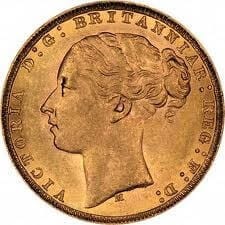
Coin collecting offers a unique window into the past. Anyone who’s enjoyed the Netflix historical drama The Crown, will have real appreciation of the history behind some of the monarchs featured on older coins. Every coin tells a story, of a country, a ruler, or a pivotal moment in history.
From ancient Roman coins to modern commemoratives, collectors engage directly with the legacy of human civilization. If a rare coin enthusiast questions why Edward VIII Gold Sovereigns are so difficult to obtain, then the answer lies in season one of The Crown, when the monarch abdicated to marry Wallis Simpson. His incredibly short reign left little time to mint new coins, leading to their rarity and desirability.
One of the great advantages of coin collecting is how easy it is to get started and how practical it is to maintain. Unlike many other collectibles or investments, coins are compact, durable, and simple to store. Whether you’re keeping them in a small home safe, a coin album, or a secure deposit box, coins don’t take up much space, making them ideal for passing down to future generations.
Collecting also doesn’t have to be expensive. While gold and silver coins can be more costly due to their metal content, there’s a wide variety of affordable coins for beginners or casual collectors. These often include:
Although these budget-friendly coins may not hold high intrinsic metal value, they can still offer historical interest, aesthetic appeal, and sentimental worth, making them a perfect entry point into the world of collecting. For families, they’re an accessible way to start a tradition that can grow over generations.
Unlike digital assets or paper money, precious metal coins have intrinsic value. Gold, silver, and platinum coins are not only collectible but also function as a physical hedge against inflation and currency volatility. Investing through coin collecting protects your capital from the risk of being worthless, unlike paper and electronic assets.
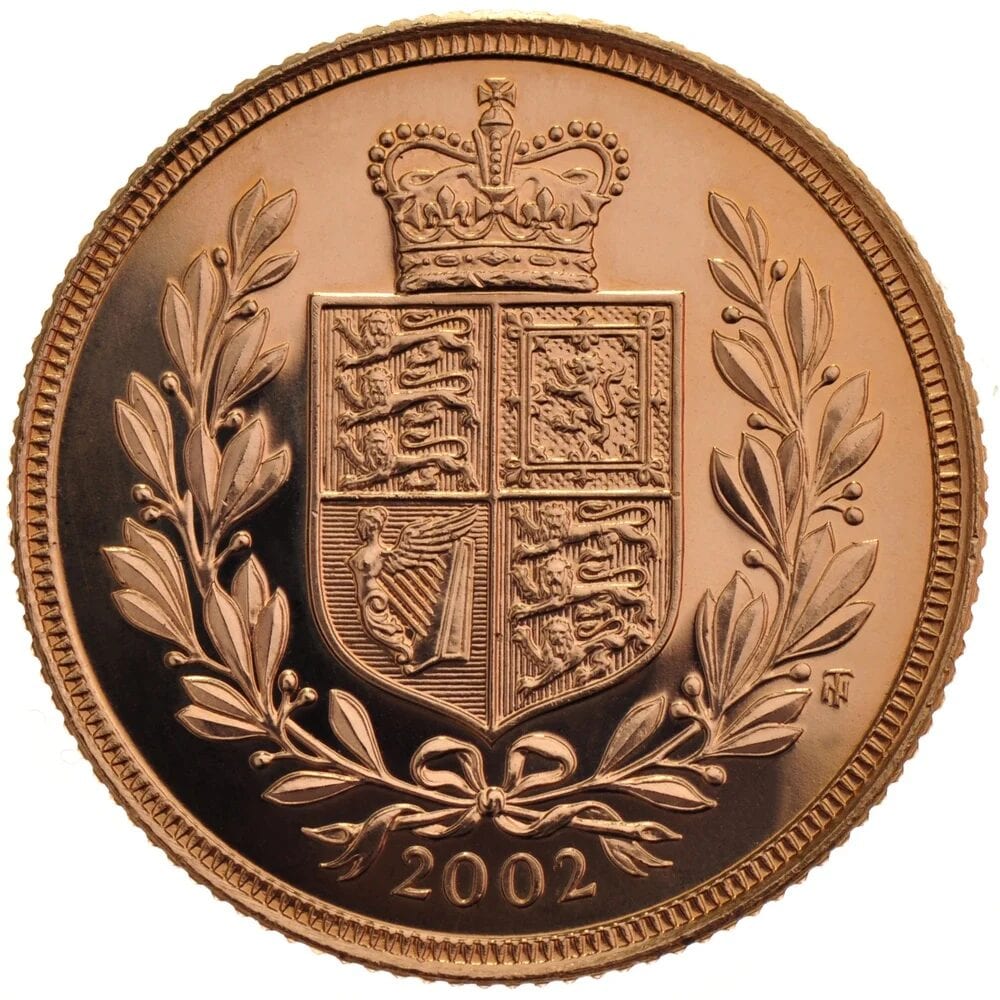
For many collectors, the real joy of coin collecting lies in the thrill of the hunt. Tracking down rare or meaningful coins and experiencing that sense of achievement when you finally complete a set. Whether it’s finding a missing piece after months of searching or stumbling upon a surprise gem in your change, the excitement never fades.
To stay motivated and get the most out of your hobby, it helps to set clear collecting goals. Whether you’re building a complete year set, focusing on a specific theme, or chasing coins from a certain era, having a target gives your collection purpose and direction.
Starting with coins from everyday change is an easy and cost-free way to begin. As your interest grows, you can explore more specialized options like commemorative coins, which are often beautifully designed and released in limited quantities. Many of these are available to purchase directly through our website, making it easier to expand your collection with unique and meaningful additions.
Free ultimate guide for keen precious metals investor
Before you start collecting, it helps to define what kind of coins interest you most. Some people collect based on themes, countries, or time periods. Others focus on coins made from precious metals like gold, silver, or platinum due to their lasting value.
Various coin categories present differing challenges to the collector. Some will be far more accessible while others may take months to source.
Here are a few common collecting paths:
Picking a focus helps guide your collecting journey and makes it more engaging from the start.
When investing in precious metals, it’s important to understand the difference between bullion value and numismatic value. Bullion value refers to the worth of the metal content itself, based on weight and current market price, commonly associated with items like gold bars or silver rounds.
Numismatic value, on the other hand, is the collectible worth of a coin, which can be influenced by factors such as rarity, condition, historical significance, and demand among collectors. While bullion is primarily bought for its intrinsic value, numismatic coins can command significantly higher prices due to their unique characteristics. Understanding both types of value helps investors and collectors make more informed decisions.
Many customers enjoy buying mass-produced bullion coins from around the world. Their balance of investment versus rarity is more skewed towards the former, with the additional challenge of adding variety. Collectors may choose to accumulate standard bullion coins from around the world each year they’re produced.
Common coins will come at far lower premiums and require less research and prior market knowledge. They demonstrate that coin collecting doesn’t have to mean focussing on the rarest coins only. Much joy can be had focussing on variety rather than rarity. This is a less risky approach to collecting as prices paid are closer to the intrinsic gold content value.
Examples
The Chinese Panda and UK Britannia coins are especially popular among collectors and investors alike, thanks to their regularly updated reverse-side designs. Each new artwork adds variety and visual appeal, keeping the series fresh and highly collectible, while the coins continue to maintain strong investment credibility due to their high precious metal content.
In addition, the Royal Mint has seen tremendous success with two of its most sought-after series: The Queen’s Beasts and The Tudor Beasts. Both collections feature ten coins, each depicting a different heraldic beast, released roughly every six months. Once a new beast is introduced, production of the previous design stops, adding an element of scarcity and increasing their collectability. Each series concludes with an eleventh “Completer” coin, which features all ten beasts in a single design.
Collectors who purchase these coins shortly after release often enjoy modest premiums, making them accessible investments. As time passes and earlier coins become harder to find, premiums can rise significantly, reflecting their limited mintage and increased demand in the secondary market.
An alternative path for collectors is to concentrate on rarer, higher-premium coins. A more deliberate and strategic approach that appeals to those who enjoy the challenge of research, patience, and negotiation. This method emphasizes quality over quantity and offers the deep satisfaction that comes from tracking down hard-to-find pieces.
However, this approach requires a greater level of skill, knowledge, and discipline. The risk of overpaying is real, especially when emotion, urgency, or the fear of missing out starts to influence decision-making. It’s not uncommon for collectors to stretch beyond their budgets in pursuit of a single elusive coin.
Selling rare or numismatic coins can also be more complex. Unlike bullion coins, which have a broad and active market, rare coins appeal to a smaller, more specialized group of buyers. If you’ve paid a high premium, you’ll often need to wait patiently for the right buyer – someone who values the coin’s history and rarity enough to match your asking price.
To turn a numismatic collection into a profitable one, success often hinges on timing and insight: spotting underappreciated coins before demand rises or acquiring rare pieces at below-market value. For those willing to put in the effort, this path can be deeply rewarding, but it’s not without its challenges.
Examples
UK coin collectors can enjoy a deeply historical pathway by targeting some of the best British gold coins to be produced over the years.
By targeting specific historic series, monarchs, or denominations, UK collectors can build a legacy collection that blends artistry, heritage, and long-term value. The key lies in knowing what to look for and being ready to act when the right opportunity presents itself.
A coin’s condition plays a huge role in its value. The less wear and damage a coin has, the more desirable it becomes to collectors.
Coins are typically graded using a scale—from Poor (P-1) to Mint State (MS-70). Here’s a simplified breakdown:
Getting familiar with coin grading is crucial when collecting older numismatic coins, but of far less importance when purchasing brand new coins or more common pre-owned coins.
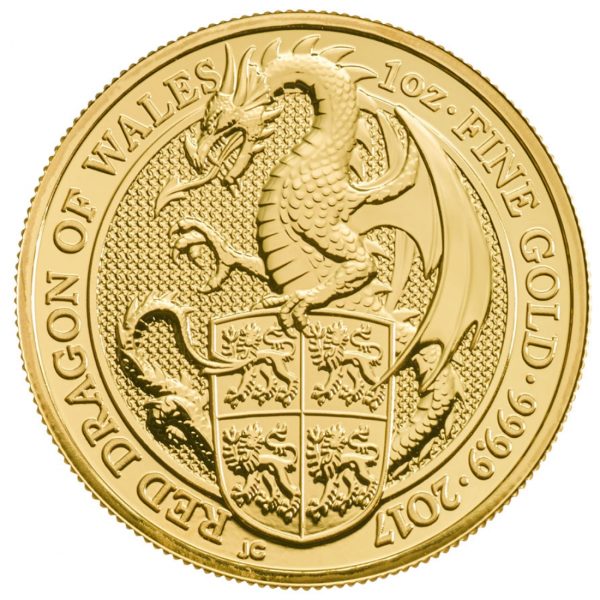
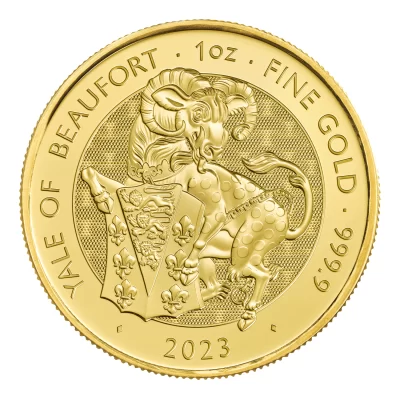
Understanding what gives a coin its value is essential for any collector, whether you’re just starting out or refining an established collection. A coin’s worth isn’t based on just one factor; instead, it’s a combination of intrinsic metal value, condition, rarity, and market demand. Knowing how to assess these elements helps you make smarter purchases, avoid overpaying, and identify coins with long-term potential.
For bullion and many modern coins, value is closely linked to the spot price of the metal it’s made from – typically gold, silver, platinum, or palladium. As metal prices fluctuate daily, the base value of these coins rises and falls accordingly. This makes bullion coins a popular choice for those looking to hedge against inflation or economic uncertainty.
As a collector of precious metals coins, often your coin’s value will rise over time due to the intrinsic metal’s appreciation, regardless of any other factors. This is a great advantage over collecting base metal coins.
Not all coins contain the same amount of precious metal. A coin’s value increases with its purity (e.g., .999 fine silver) and weight (e.g., 1 oz, 1/2 oz). Always check official specifications to confirm the metal content, especially for investment-focused coins. Clearly a similar coin weighing 1oz will be worth more than one weighing 1/4oz.
The physical condition of a coin, how worn or preserved it is, has a big impact on its desirability and price. Even small scratches, wear, or cleaning can lower a coin’s value significantly. Uncirculated or “mint condition” coins typically command the highest premiums. This condition has far more impact on the price of numismatic coins than bullion coins.
Coins can be graded on a scale (usually from 1 to 70), with higher numbers indicating better condition. For example, an MS-70 (Mint State) coin is considered flawless. If your collection comprises bullion coins, we’d recommend not bothering buying graded coins, as the premium is prohibitive and severely impacts any profit potential. The grading system can be useful if you’re looking to invest in a rarer coin with a vastly higher premium attached.
A complete guide
A coin’s finish refers to how it’s produced and presented, and this can have a significant impact on its desirability – and ultimately, its value.
Proof coins, for example, are struck using specially polished dies and planchets, often multiple times, to create a sharp, high-contrast finish with mirror-like fields and frosted details. These coins are generally more visually impressive and are usually packaged and sold at a premium. We compare proof coins to represent the clearer images on Ultra High-Definition TV (UHD), compared to a bullion finish which is more like Standard Definition (SD) broadcasts.
In many cases, proof versions of already rare or low-mintage coins can add considerable value to a collection. When a proof coin is both beautifully made and scarce, collector demand tends to be strong, and the coin is likely to retain or even increase in value over time. Proof coins will typically come in beautiful presentation boxes, or at the least be encapsulated for protection.
However, not all proof coins are worth the extra money. Many mass-produced or generic coins are also released in proof format—often targeted at beginner collectors or gift buyers. While they may look impressive, these coins are typically not scarce and are produced in large numbers, meaning they hold little to no added value in the resale market. Collectors who pay steep premiums for these may struggle to recover even a fraction of the cost when it’s time to sell. We will generally pay sellers the same for a Proof 1oz Britannia as we would a bullion version.
In contrast, bullion finish coins, those produced for investment purposes, have a more standard matte appearance and are valued primarily for their metal content. While they don’t have the same aesthetic appeal as proof coins, they are often more liquid and easier to sell close to spot price.
Also known as rarity, this refers to how many of a certain coin were minted, and how many still exist today. Coins with low mintage numbers or historic coins that have become hard to find naturally carry higher premiums. “Key date” coins (rare years in a series) are especially sought after. This is one of the most significant factors when valuing older, more numismatic coins.
Even a rare coin won’t fetch a high price if few people want it. Collector interest, driven by themes, aesthetics, historical significance, or current trends, plays a major role in determining value. A coin in high demand can greatly exceed its metal or face value.
In many cases, the key to profiting from rare coin collecting lies in anticipating what will become desirable before the wider market catches on. Buying a coin when it’s already popular often means paying a premium. But identifying coins with the potential to become “on-trend” allows you to acquire them at lower prices, increasing your chances of future profit.
Savvy collectors often develop strategies around this. Some keep a close eye on national events or shifts in public sentiment. For example:
In short, understanding and predicting what might capture the public’s imagination is often as valuable as knowing a coin’s mintage or condition. It’s part research, part instinct, and when timed well, it can turn collecting from a hobby into a rewarding investment.
The coin market often reacts quickly to major historical or cultural events. Below are a few notable cases where demand surged – and so did values:
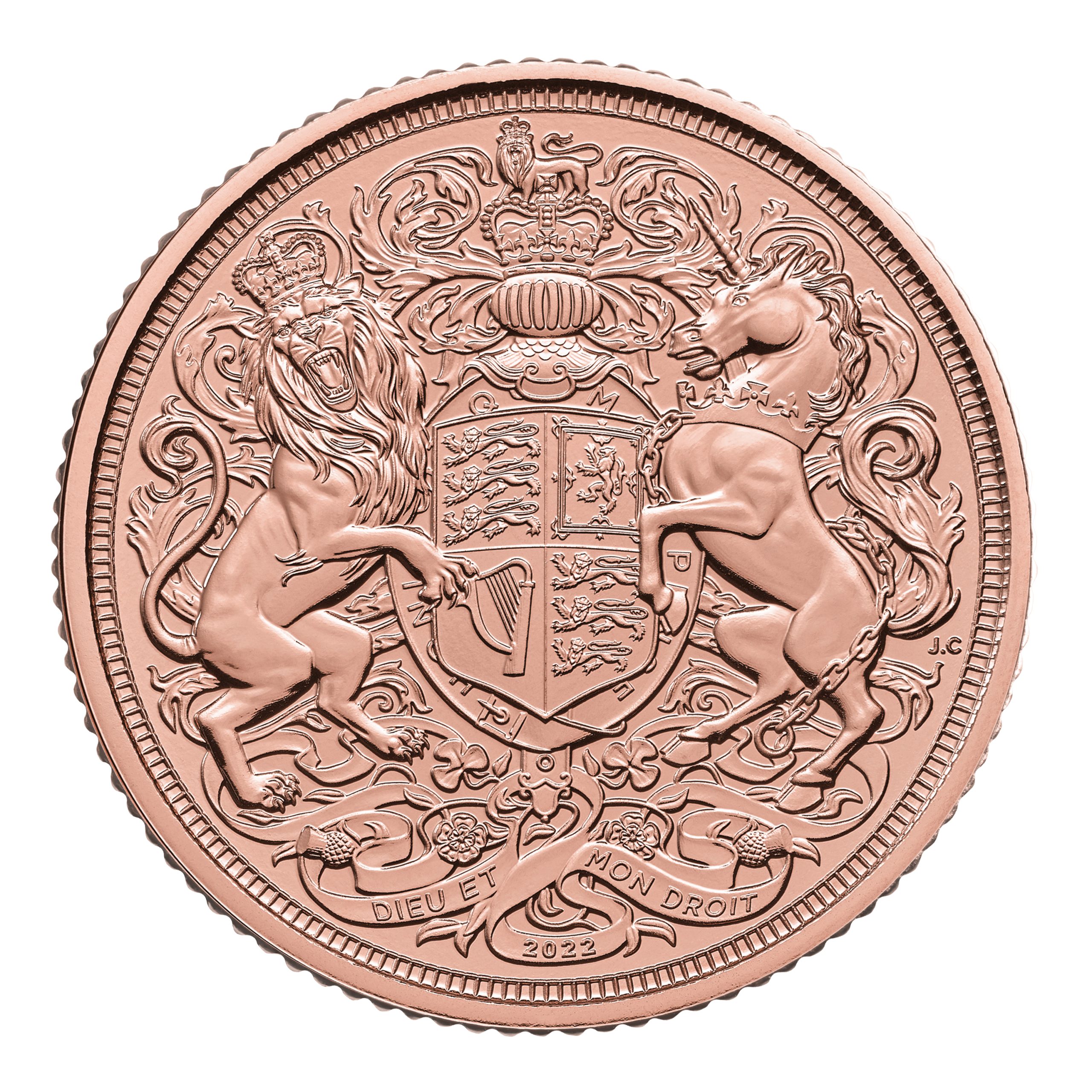
When Queen Elizabeth II passed away, interest in coins from her reign skyrocketed almost overnight. Collectors rushed to secure:
Prices for many of these coins rose sharply, especially for high-grade or proof versions, as demand briefly outpaced supply.
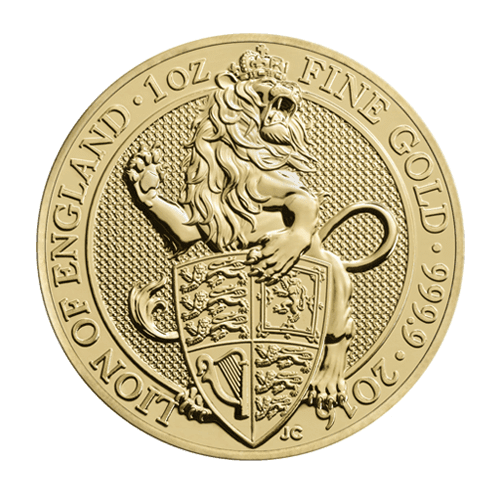
What began as a heraldic-themed series became one of the Royal Mint’s most successful modern collections. Collectors who purchased coins early in the series at modest premiums saw strong secondary market growth – particularly for the Griffin, Lion, and Completer Coin.
Today, some of the early releases command much higher premiums, especially in gold, due to growing collector demand and limited mintages.
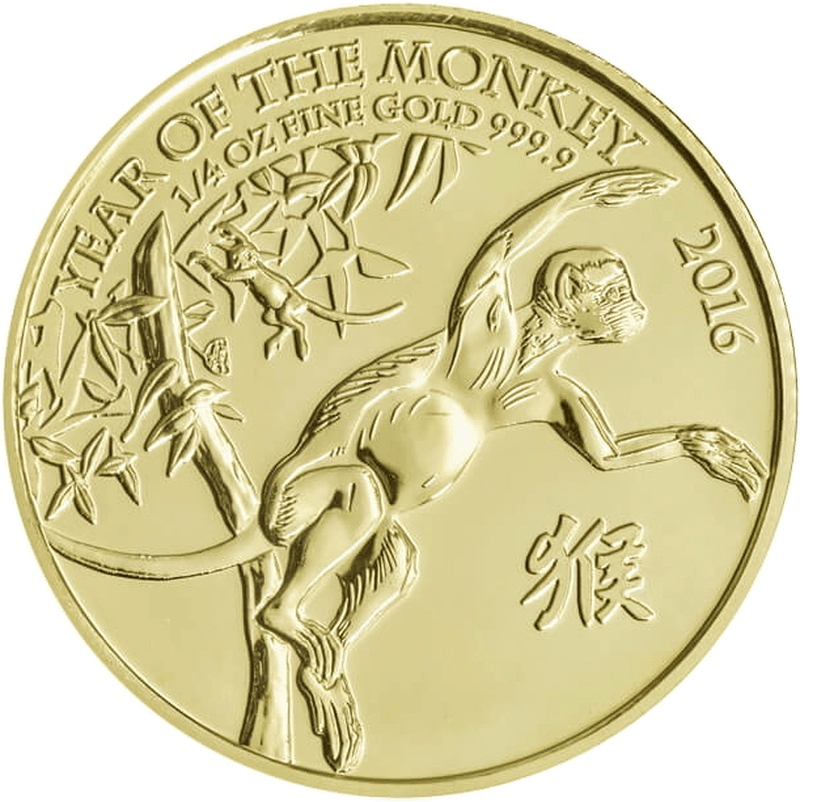
The Perth Mint’s Lunar Series, based on the Chinese zodiac, has gained a loyal following both in Asia and globally. Certain years, like the Year of the Dragon (2012, 2024), have proven especially popular, with coins appreciating significantly in value due to cultural significance and demand spikes around Lunar New Year.
Collectors who predicted increased interest in these designs and secured coins ahead of the hype benefited from strong resale opportunities.
Bullion coins are valued mainly for their metal content (like gold or silver), while numismatic coins are valued for rarity, age, and collector demand.
Some do – especially rare or limited-edition coins. Bullion coins track metal prices, while collectible coins can rise based on demand, condition, and scarcity.
Keep coins in holders or capsules, away from heat, moisture, and direct handling. Use gloves and avoid cleaning them to protect their condition and value.
Buy from trusted dealers, official mints, or certified auction platforms. Always check for authenticity and avoid deals that seem too good to be true.
Start with a theme – like modern bullion, commemoratives, or coins from change. Stick to a budget and focus on learning before chasing rare pieces.
Live Gold Spot Price in Sterling. Gold is one of the densest of all metals. It is a good conductor of heat and electricity. It is also soft and the most malleable and ductile of the elements; an ounce (31.1 grams; gold is weighed in troy ounces) can be beaten out to 187 square feet (about 17 square metres) in extremely thin sheets called gold leaf.
Live Silver Spot Price in Sterling. Silver (Ag), chemical element, a white lustrous metal valued for its decorative beauty and electrical conductivity. Silver is located in Group 11 (Ib) and Period 5 of the periodic table, between copper (Period 4) and gold (Period 6), and its physical and chemical properties are intermediate between those two metals.